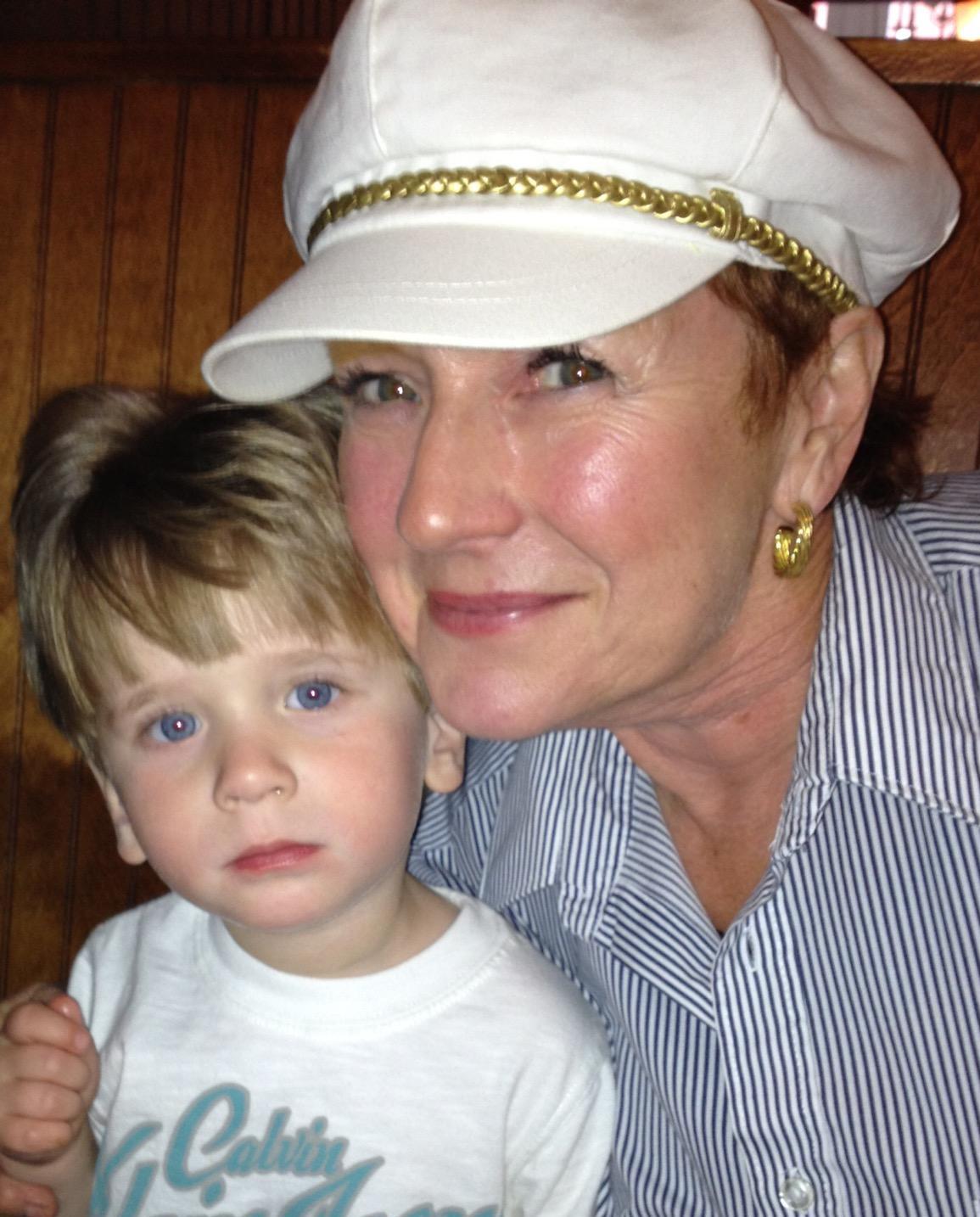New laws, tight lending will influence franchise landscape

Jim Amos: Small business drives the economy, and making it easier for people to start a business should be the top priority for anyone interested in job creation.
The lending and regulatory environment continued to weigh on franchising in 2012. The International Franchise Association recently lowered its expectations for the year, saying it expects 11,000 new franchise locations to open by Dec. 31, down from an earlier projection of 14,000.
How will the industry respond? Here are four predictions for 2013:
Financing will tip the scales in favor of large franchises
Tight lending continues to be the major obstacle holding back the creation of new franchise businesses, particularly for the smaller franchise organizations that make up 80 percent of the industry. Lending is likely to remain restrained in 2013, and an IFA think tank of franchisors and franchisees is exploring the ramifications.
One thing is certain, though: Small franchise systems will continue to struggle. Based on my 30 years of experience working with franchisees, I can tell you that half of the people who are qualified and who could make great franchise owners are not getting the chance because banks are reluctant to lend.
The lending environment creates a huge advantage for large franchisors like McDonald’s, Subway or Papa John’s, which are able to self-finance new franchisees, waive fees or defray startup costs. Large franchisors will continue to scale up their operations. Larger franchise systems have another advantage: long track records. To the extent that bankers are willing to lend, they’re more comfortable lending to franchisees who are joining an already well-established brand.
Expect small footprints and startup costs
One way to lower the lending barrier is to reduce startup costs, making a new franchise more affordable to buy. Retail franchises are responding by shrinking the footprints of their stores and increasing customer traffic per square foot. Commercial real estate agents have typically focused on spaces of about 1,200 square feet, but with careful planning, some franchises can make do with significantly less space. As an example, we recently put three small Tasti D-Lite/Planet Smoothie locations inside Wal-Mart stores in the Nashville area, and 8 more are set to open inside Wal-Mart stores in early 2013.
Lowering expenses has two big benefits: First, it allows more people to qualify for financing and start their own businesses. Second, it means they’ll have less debt to pay back, which makes it easier for them to succeed.
Innovative financing solutions will gain traction
Bank lending will eventually recover, but that is likely to take another year or two. In the meantime, the IFA has put together a think tank of franchisors and franchisees to help identify new financing options for people who want to start a business, and there are some wonderful conversations taking place.
It’s not just franchisees who can use lending help. Small franchise systems seeking to grow have also had trouble obtaining funds to drive expansion efforts. This is a huge problem for the industry because 80 percent of franchise systems are small companies. The next worldwide brand is somewhere in that pool of entrepreneurs, but it needs loans.
I expect the market to respond. Private equity and/or venture capitalists can pool their resources to invest in an umbrella of companies, splitting the risk that some companies will fail while reaping the benefits as others become giants. As private equity, venture capitalists and other lending resources respond to the marketplace’s need, you will soon see an explosion of small- and medium-sized business lending due to pent up demand.
A new look at old rules
The Franchise Disclosure Document needs to be revisited in its entirety. Its 23 disclosable items have barely changed since the 1970s, and the FDD tends to drive the franchisor-franchisee relationship through audits and compliance rather than trust and open communication.
The industry needs to look at the relationship and analyze what’s best for both parties, then look at ways to build a new framework. Companies like McDonald’s or The UPS Store need to be governed, but they don’t necessarily have the same goals or outcomes, and a one-size-fits-all FDD doesn’t make sense.
Can’t we agree on a half-dozen things that are most important, such as rules for transferring ownership of a franchise, territory rules, startup costs and ownership of trademarks? Franchisees have access to a wealth of information thanks to the internet and can compare franchisors before making investments, so franchisors that are open with their information will be rewarded. Transparency is king and those companies that employ social media leverage win. At this point, the FDD mainly serves as a regulatory burden that is an ill-fitting suit for many franchises.
Tasti D-Lite chairman and CEO Jim Amos has more than 30 years of experience guiding successful franchise companies such as Mail Boxes Etc. He was inducted into the International Franchise Association’s Hall of Fame in February and is co-author of the newly-released book The Tasti D-Lite Way: Social Media Marketing Lessons for Building Loyalty and a Brand Customers Crave (McGraw-Hill).







